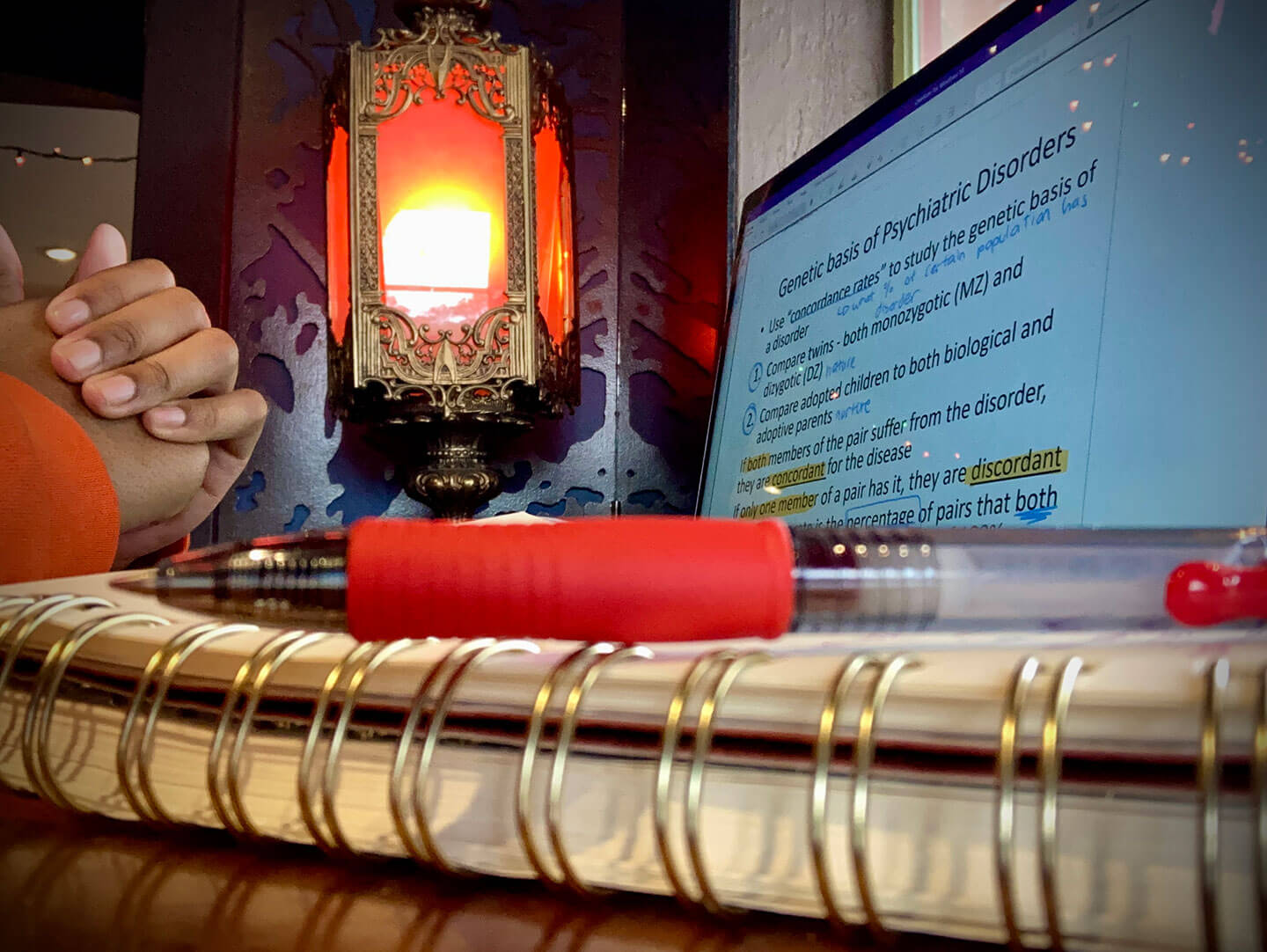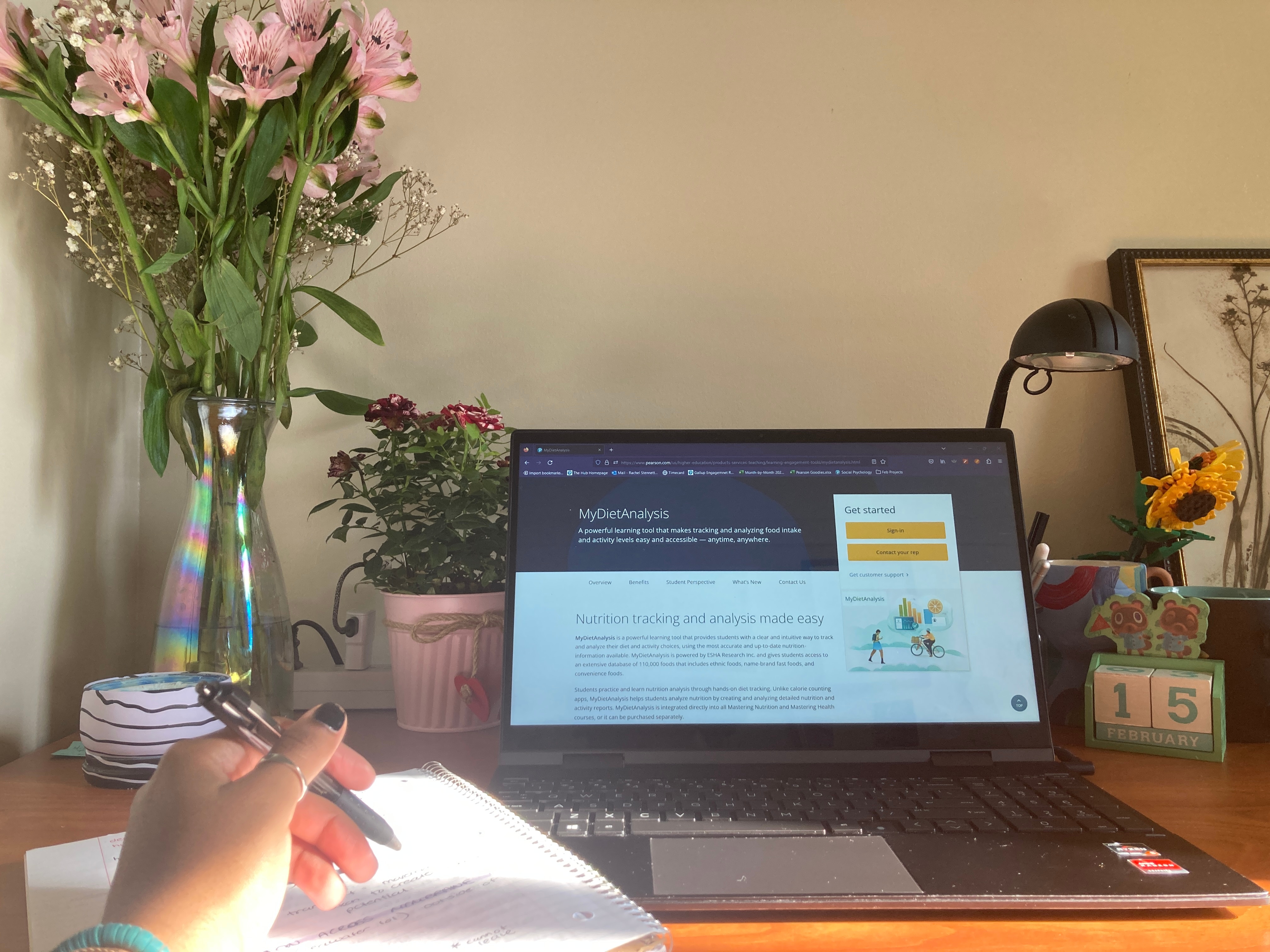
Support Local Businesses on Small Business Saturday!
Thanksgiving is the season of spending time with family, and big savings within stores. We all know about Black Friday and Cyber Monday, but not many people know about Small Business Saturday. This holiday takes place the Saturday after Thanksgiving and is celebrated to bring recognition to small and local businesses. While there’s no wrong in wanting to scour the stores in search of a good deal, it is important to appreciate the small businesses and local shops within our communities. These vendors often get overshadowed by bigger corporations in the frenzy of holiday shopping.
Why is it important to support small businesses?
Whether or not you realize it, small businesses have a huge impact on our local and global communities. Starting at home, supporting a small business helps to bolster the local economies and support underrepresented groups within your area. Many of these businesses are started by locals with a passion and a small budget to achieve their dreams. Additionally, some businesses are started by all-female teams, LGBTQIA+ persons, and people from underrepresented racial and ethnic groups. Buying from these sellers is a great way to directly support them as opposed to buying from collections curated by mass retailers.
In a global context, buying from small and local businesses helps to greatly reduce your carbon footprint. Products sold within larger corporations and franchises are often produced in bulk within factories and/or go through multiple stages of transportation to reach the shelves. This process takes a huge toll on the environment due to loss of habitat, carbon emissions, and resource depletion. Buying from local and small businesses greatly reduces this impact, since the products are usually produced on a smaller scale and take less transportation to reach the consumer. As another bonus, these smaller production scales often result in better quality and longer-lasting products than what you would find from mass retailers.
Where to find small businesses.
Now that you know the reasons why you should support small businesses, where can you find them? Here is a list of some ways to find small businesses any time but especially on Small Business Saturday:
- Search on social media or Google – You would be surprised what a quick search online could bring back. Yelp and pages curated towards finding local spots are a great place to start! A lot of college towns and cities are also rich with a local business culture.
- Attend local markets and art festivals – Many small businesses do not have the budget to have a stand-alone shop. Thus, business owners turn to community events to sell. This is also a great way to get to meet and make a connection with the owners.
- Browse on Etsy – If you're still having trouble finding small businesses within your area after the first two steps, Etsy is a great place to find small shops internationally. While this is not the most ideal option to support small businesses, Etsy has a better filter for small businesses than other popular online shopping sites.
Supporting small businesses on a budget.
Since many small businesses cater towards handmade art, food, and clothing items, prices at these shops can have a vast range. Unfortunately, this also means that some shops might have items priced outside of a reasonable budget for a college student. As a college student in love with local artwork myself, there have been so many times where I have had to walk away from a purchase because I couldn't afford it. However, even if you are on a budget, there are still ways to support small businesses on this holiday! Following small businesses on social media and attending craft fairs are a great way to show your support, without having to worry about your bank account. Even talking about your favorite shops that you’ve seen or plan to buy from one day to your friends and family is a great way to help promote these businesses.
Whether it’s in-person or online, directly, or indirectly, hopefully this article will give you some ideas on how to support the small businesses within your community on this holiday! Happy shopping!
Do you have a compelling story or student success tips you’d like to see published on the Pearson Students blog? If you are a college student and interested in writing for us – click here to pitch your idea and get started!



